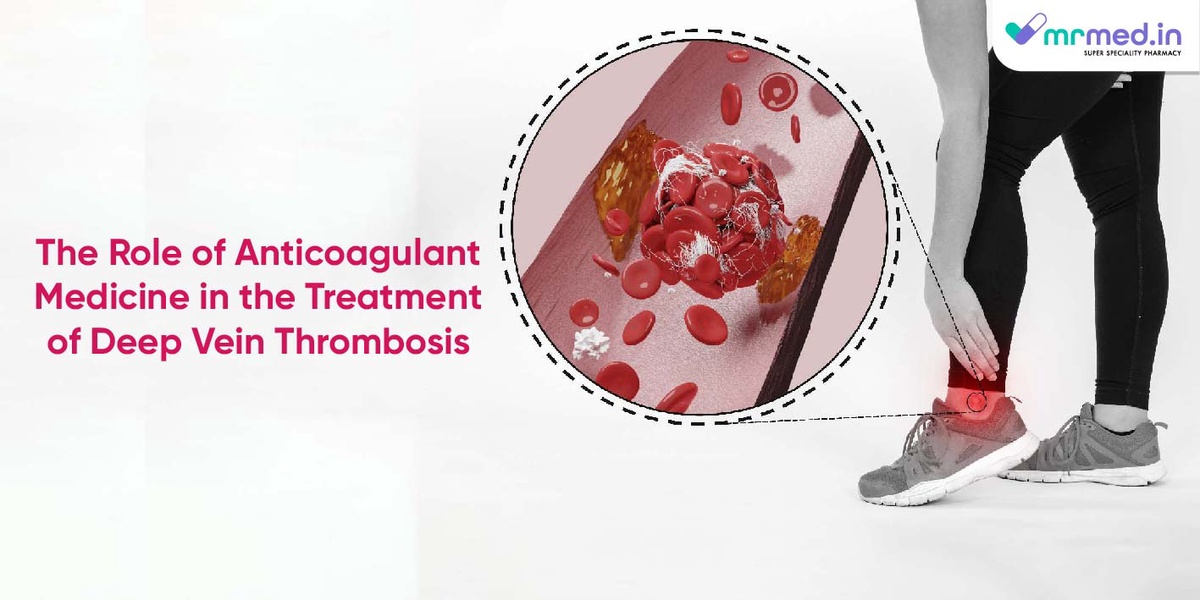A medical disorder called deep vein thrombosis (DVT) is the accumulation of blood clots, or thrombi, in the deep veins, often in the legs. Although it can also affect the veins in the arms or pelvis, DVT most frequently affects the lower limbs.
DVT can develop when the blood flow to the legs starts getting slow leading to the accumulation of blood cells and clotting factors forming a blood clot. This blood clot starts to gather and stick to the vein walls, called a thrombus. The clot could be little at first and not show any symptoms. But as it gets bigger, it may impede blood flow in the vein, causing discomfort, soreness, and edema.
Causes Of DVT
- Being immobile for a long period of time (like on long flights or bed rest),
- Previous surgeries
- Any trauma or injury to the veins
- Obesity
- Pregnancy
- Patients under hormone therapy (including birth control pills),
- Certain medical conditions like cancer and inherited clotting disorders
Symptoms
- Swelling of legs
- Pain or tenderness (cramps)
- Redness and warmth in legs
- Visible veins
- Fatigue of legs and heaviness
Therapeutic management of Deep Vein Thrombosis
1. Anticoagulant Therapy
Anticoagulant medications work by inhibiting the body's natural clotting process, preventing the formation of new blood clots, and stabilizing existing clots. Commonly used anticoagulants include:
2. Heparin
Unfractionated heparin is always started as an initial therapy for DVT. It is usually given subcutaneously or intravenously by a healthcare provider. Unfractionated heparin is preferred over low molecular weight heparins in hospitalized patients and individuals with renal failure or renal insufficiency.
3. Low-Molecular-Weight Heparins (LMWH)
These are also administered by injection and are frequently used for long-term management. Since low molecular weight heparins (LMWHs) can be administered as an outpatient, enoxaparin, dalteparin, and tinzaparin are among the preferred initial therapies.
Clexane 40mg Injection contains the active ingredient enoxaparin. This medication prevents deep vein thrombosis in patients who have significant movement restrictions, hip and knee replacements, and abdominal surgeries. For patients with non-Q wave myocardial infarction and unstable angina, this injection stops further heart problems.
4. Oral anticoagulants
They are widely used for long-term treatment, usually after the initial therapy started with heparins. During the transition period, they can be used alone or in conjunction with injectable anticoagulants. Certain medications of this class include warfarin, dabigatran, rivaroxaban, apixaban, and edoxaban.
After diagnosis, apixaban and rivaroxaban can be begun as monotherapy immediatley, or they can be used whenever there is a break from injectable heparin without causing side effects. An initial 5 to 7-day course of therapy with LMWH or Unfractionated heparin is necessary before starting edoxaban. Similarly, only after the initial 5 days of LMWH medication, dabigatran is administered.
5. Thrombolytic Therapy
In some cases of extensive DVT or when there is a high risk of complications, thrombolytic therapy may be considered. Thrombolytics are the medications that dissolve blood clots and are administered intravenously in a hospital setting. This treatment is reserved for severe cases due to the increased risk of bleeding complications.
Side effects of anticoagulant medications in DVT
- Bleeding: The possibility for internal bleeding (such as gastrointestinal bleeding) and bleeding into the skin or other tissues is one of the most important adverse effects associated with oral anticoagulants.
- Bruising: Due to their potential to interfere with the blood's natural clotting process, oral anticoagulants may causebruises more likely. Greater bruises may occur as a result from little trauma or injuries.
- Symptoms related to the stomach: When taking oral anticoagulants, some people may have gastrointestinal side effects, including nausea, vomiting, diarrhea, or stomach discomfort. Usually these symptoms could become better with time.
Conclusion
To improve patient outcomes and quality of life, therapeutic care of DVT attempts to lower the risk of complications, relieve symptoms, and avoid recurrence. The location and size of the blood clot, the existence of underlying medical disorders, and the possibility of bleeding complications all play a role in the customization of treatment strategies. In order to ensure continued monitoring and management, people with DVT must follow their treatment plan exactly and see their doctor as needed.


No comments yet